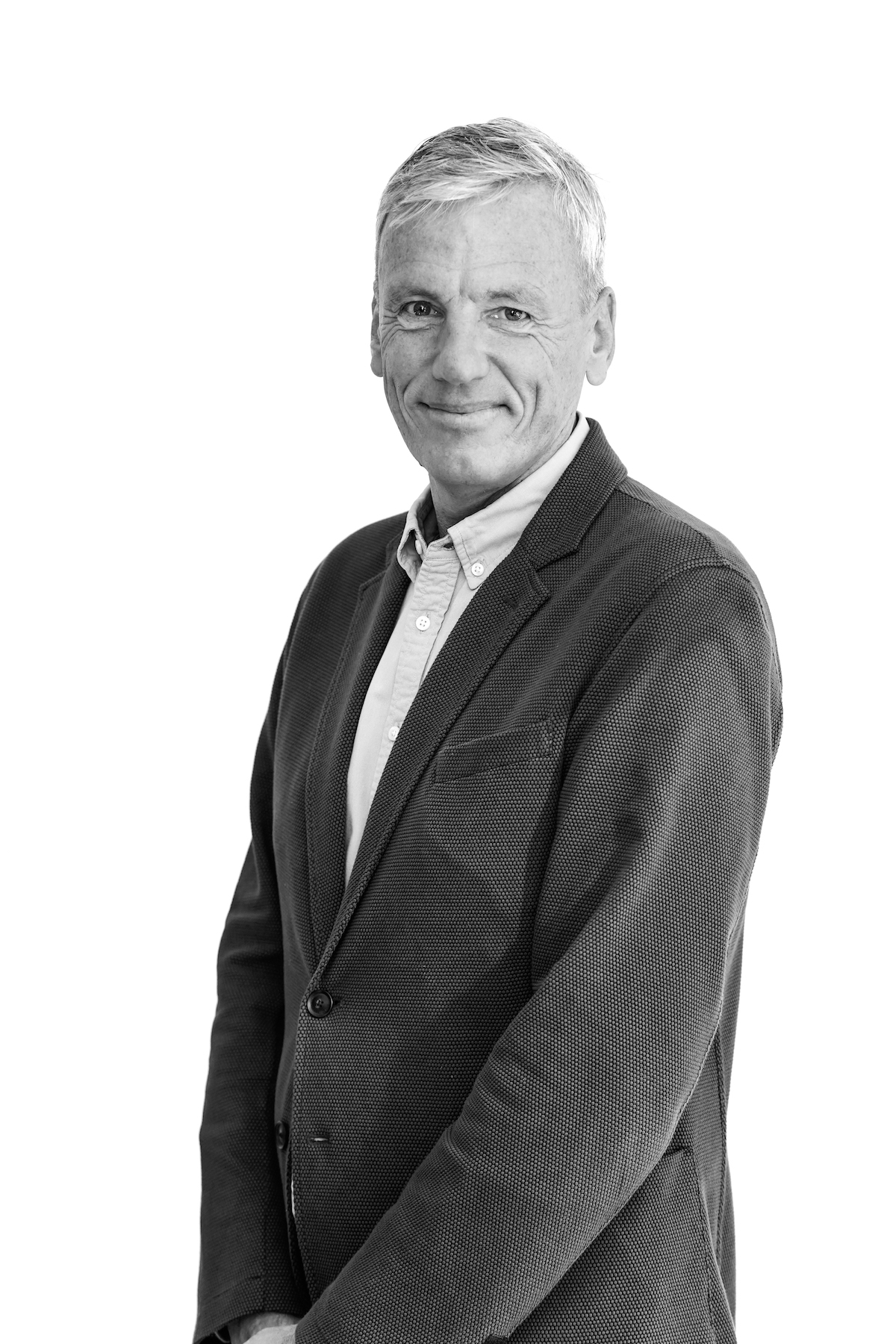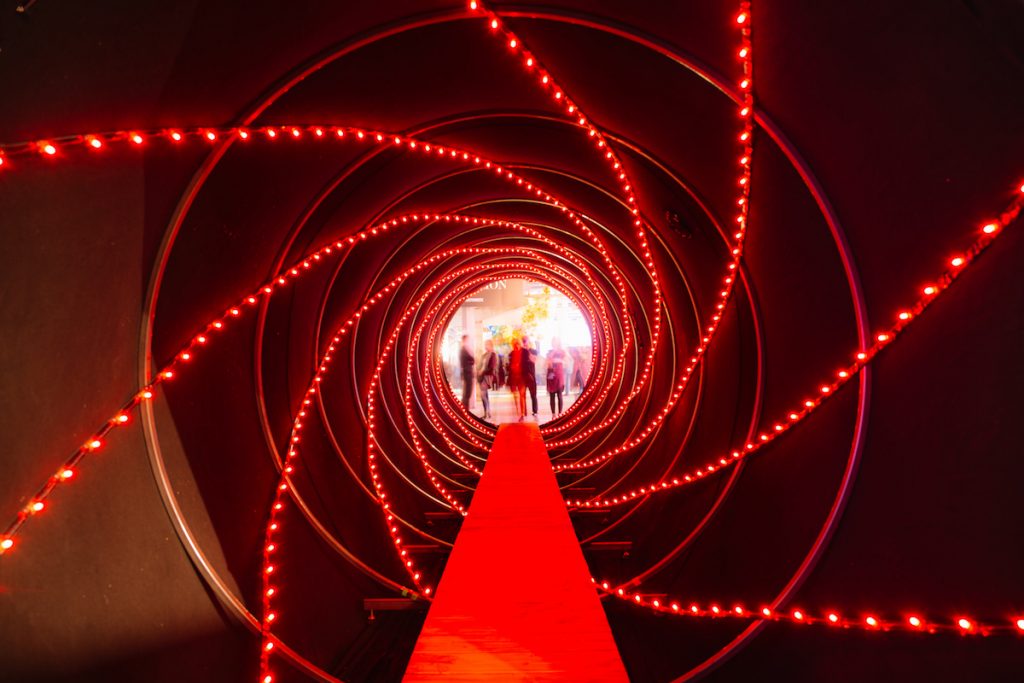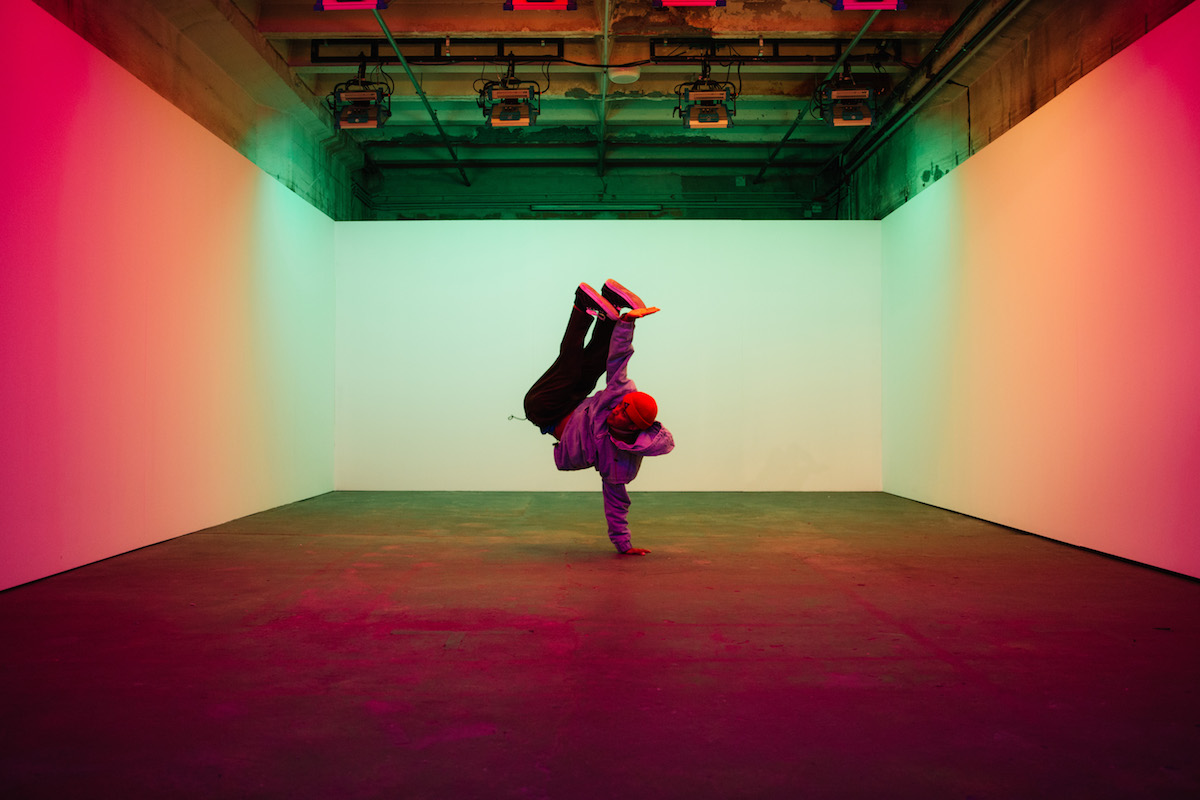
Launched by a mix of photographers and technology entrepreneurs two years ago, Berlin Photo Week (BPW) will be held again for the second time since 2019 on August 26-29, 2021 at the Haubentaucher, a multipurpose events venue with exhibition spaces, restaurants, clubs, and a swimming pool in Berlin’s Friedrichshain-Kreuzberg district. In addition to booths and installations by major photography brands such as Sony, Panasonic, FujiFilm, and Leica, the three-day event will offer workshops, Instagram-friendly shooting stations, photo tours, lectures, and even opportunities to buy both used and the latest new cameras. In addition, exhibitions of work by established and emerging photographers alike will be held at satellite locations in galleries, museums, and other points of interest across the city.
Even though one of its major partner exhibitions, IFA Berlin, won’t take place again until 2022, BPW will continue as scheduled. While it was originally meant as a more art-and-lifestyle-focused complement to the more technology- and business-focused IFA Berlin, it will nevertheless keep its focus on the fun and creative side of photography in a broader context, no matter the platform.
We spoke with BPW CEO Wolfgang Heinen not only about the current state of the photography sector and analog imaging’s surprising rise, but also about this singular event’s origins, lineup, and unique proposition to consumers and CE professionals alike. While the original interview was conducted before Messe Berlin announced the cancellation of IFA Berlin 2021, Heinen provided us with some updated thoughts on BPW as a standalone event this year.
What’s the idea behind Berlin Photo Week (BPW) and how is it different from other photography events?
We started to develop the idea of BPW in 2017. Our thinking was that photography is about so much more than just the devices and the technology. It’s much more about touching and trying and exploring and experiencing pictures. On top of that, the photo market has completely changed from the 121 million cameras that were sold globally in 2011 down to around eight million cameras today. And last year made for an even bigger decline. On the other hand, the growth of smartphones — millions and millions of them in users’ hands — has resulted in everyone/anyone having the ability to take hundreds of thousands of pictures every day. People are less interested in standalone cameras these days.
The sex appeal of the technology, the cameras themselves, is usually front and center at most trade shows from Photokina and PhotoPlus to The Photography Show in Birmingham and even a little bit at IFA, but the imaging equipment is usually just a small part of the total assortment. The concept of Photokina and other fairs is from the 1950s — there’s a new device and the news is shared with the consumer, but the consumer can’t buy it any time soon, and sometimes the consumer won’t ever be able to buy it. And that’s the customer journey.
We think the customer journey is different today, and more difficult, because the customer today wonders why they should be interested in a camera when they already have a smartphone. Besides the millions and millions of pictures being taken on smartphones every day across the globe, there are many other busy areas in the photographic spaces, from photo books and mobile apps to social media and instant cameras. It’s so easy, for example, to create wallpaper out of your favorite photos today, whereas 20 years ago, no one would have dreamed of wallpapering their entire room with their own photos.
Berlin Photo Week is the new definition of photography, where it’s not necessarily about the newest product. Our idea is: What can we do to bring the DNA of photography in a different way to target groups such as families, students, and others? How do we bring this fascination with photography to everyone? For BPW, we decided that we needed to not only create fun places and locations where people can shoot pictures and have fun with photography, but also, as an inspiration, to offer spaces where people can see some extraordinary examples of great professional photographers showing their best pictures.
We don’t usually see much of this at most photography or consumer electronics trade fairs, so BPW’s main focus isn’t just the new cameras; we’re more about the core of photography and the fun of making pictures. In a typical year, it’s a great complement to IFA, which is of course much more focused on technology, products, and retailers.
Now that IFA Berlin 2021 has been canceled and won’t happen again until 2022, what are the plans for BPW?
Although we deeply regret the cancellation of IFA Berlin this year, we are proud to announce that BPW will take place undisturbed and as planned from August 26-29. In addition to the high-caliber exhibitions that will take place both on the grounds of the “Haubentaucher” and throughout Berlin, the involvement of leading imaging brands is a central component of BPW. However, this is not just about the mere brand presentation, but about the inspiring and emotional experience of the products. This will be implemented in the form of various “fun places” where visitors can experience, test, and enjoy photography.
So what are some of the “fun places” where people can experience photography?
One of the important parts of BPW is to have a lot of workshops around photography. The last weekend in August will feature the Berlin Photo Week Conference, which plans a series of lectures and panel discussions around issues of copyright and estates in the age of digital and social media, for example
There will also be many satellite points and galleries around the city where people can see photography. Also, open places such as the Zoological Gardens or the Botanical Gardens, as well as a lot of hidden places — industrial sites — where people can make special kinds of photos. We wanted to use Berlin as an example of a city with so many opportunities to take a range of really great pictures so that you could then apply the same approach to your own town. We encourage people to open their eyes and minds, go through the streets, and see what’s worth taking a picture of — to learn ways of implementing photography much more than they currently do in their daily lives, business or personal, and overall communications.
What kinds of cameras do you expect BPW attendees to be using? Do you have a preference?
In our definition, smartphones are a very important part of the imaging business and market. And even though there is less volume for the traditional camera business, it does benefit from some target groups that are now buying new cameras. These new cameras are being purchased by younger people who started taking pictures with smartphones and saw some of the limitations. So they are moving to standard cameras, even classic film cameras, because they want to take better pictures, or at least have more creative options.
So people are buying new film cameras again?
Yes, one of the main reasons for this development in the total camera market was the redefinition of instant photography by Fujifilm with its Instax cameras. It combined analog film photography with a fun camera. Among the biggest buyer segments for these cameras are girls between the ages of 12 and 18. It’s astonishing and impressive, especially when you consider that instant pictures are generally bad, quality-wise, and they are expensive on a per picture basis. But it’s fun, and has turned into a real market.
We also see a lot of students interested in classic analog photography and where it comes from — they’re discovering that, yes, the handling of gray tones and other processes done on Adobe Photoshop today all come from traditional silver halide photography. They want to know how what is being done today with pixels was done with the chemical process in traditional film. For the past 20 years, nobody had been interested in this, but that’s changing. People are interested in the photographic heritage and creating something that’s more art than artificial. I know a lot of professional party and wedding photographers, for example, who are moving to analog photography, and they’re very successful with it, because what they are making are originals, which is a special way to commemorate such occasions.
So what kinds of new 35mm film cameras are still available?
Well, 99 percent of the analog 35mm camera market is for used models. Nikon stopped production of its last 35mm camera, the F6, just last year in 2020; Leica still has the M-A Series and the MP series, but they’re very expensive. It’s mainly a used camera market. I’m personally waiting for a classic film camera brand — maybe Pentax or Contax — to rise up from the grave and start making and offering new analog cameras in the next couple of years. As with music — the turntable and vinyl market — it could be very successful.
I think the focus on only the camera market is too narrow. More broadly speaking, we’ve never had so many people taking pictures in the world on a daily basis as we do now — if you include the billions of smartphones in the world, we have such a broad range of cameras in households, so we should double down on that as the main mission and message for photography in general. The selling of new cameras is a niche or professional market at the moment — around eight million down, but maybe it could grow to 15 million over the next three to five years since more people are using compact system cameras (CSC), but that’s it. And while there is this third market that’s interested in traditional photography, it’s not necessarily for the analog single-lens reflex (SLR) camera itself, but in the whole development process. People want to be more involved in the process rather than leave the final photograph to software or AI; they want more control so they can put their personality into the process. That’s the promise of analog photography, and that’s what analog photography provides.
How will BPW incorporate this broader view of photography into its event lineup, exhibitions, and venues?
Well, on the one hand, we’re working with partners such as Skylum and Adobe, which create digital tools such as Luminar AI and PhotoShop. They’ll have displays with product demonstrations and stations so that people can see how the AI works to auto-edit images, or how they can work in tandem with these tools to, say, change the lighting in the sky or other effects.
We’re also partnering with AnalogueNow, which is a community of analog photography enthusiasts here in Berlin that will host some exhibitions, talks, and workshops for beginners looking to get into analog photography, as well as some advanced workshops around darkroom techniques. Another sponsor, FujiFilm Instax, will also have some displays aimed at younger people that show how one-sheet instant photography film works.
There will also be stations where attendees can rent the newest models and try them out in the field. So if you want to try a new Sony camera with a specific telephoto lens, this is your chance to do it. We’ll also have a large European dealer on-site, so you can buy any cameras, lenses, or accessories you like, or just talk to them if you have any questions about the technology or sensors and so on.
Then, in addition to the panel discussions and lectures I mentioned earlier, we’ll present some masters survey-like exhibitions of analog photography by, for example, Heinz Hajek-Halke, from the Bauhaus era, and legendary fashion photographer George Hoyningen-Huene, as well as some other exhibitions by young or big photographers working with film cameras. All of this aims to offer a few paths and perspectives on analog photography now, and its place in the broader photography space today, along with where it’s going. We think that over the next few years of the development of BPW, this picture will be more complete because we think it’s a general trend, and we will move this trend.
One of our themes is “No Limits,” which makes sense in a photographic context for an event that takes place in a city like Berlin that at one time had a borderline running right through the city. We’ll have an exhibition of photographs by Thomas Hoepker, a major West German photographer who worked for Stern magazine and Magnum Photos and took pictures in East Berlin during the ’60s and ’70s. These photos showed his impressions of that city from the perspective of a West German guy, something many people did not get to do in person. So we’re exploring the idea of “no limits” in this way, for example.
Can you tell us a little bit about the new venue?
Because the original venue, Arena Berlin, will continue to be used as a vaccination center by the Berlin government, BPW was moved to the Haubentaucher, which is part of the RAW cultural center in Friedrichshain-Kreuzberg and has exhibition spaces, restaurants, clubs, and a swimming pool. The setup will be similar, though, with the “Funplace” as the main BPW hub. It’ll have all the installations by camera and photography industry brands. These will include hands-on demo stations, lectures, workshops, and Instagram-friendly photo stations. Photo tours around Berlin will also be on offer.
Why is Berlin the right place for BPW?
Berlin’s a special city, but this could work in another city, as long as it has a cultural background with many different kinds of arts and culture — so it could work in New York, of course.




















